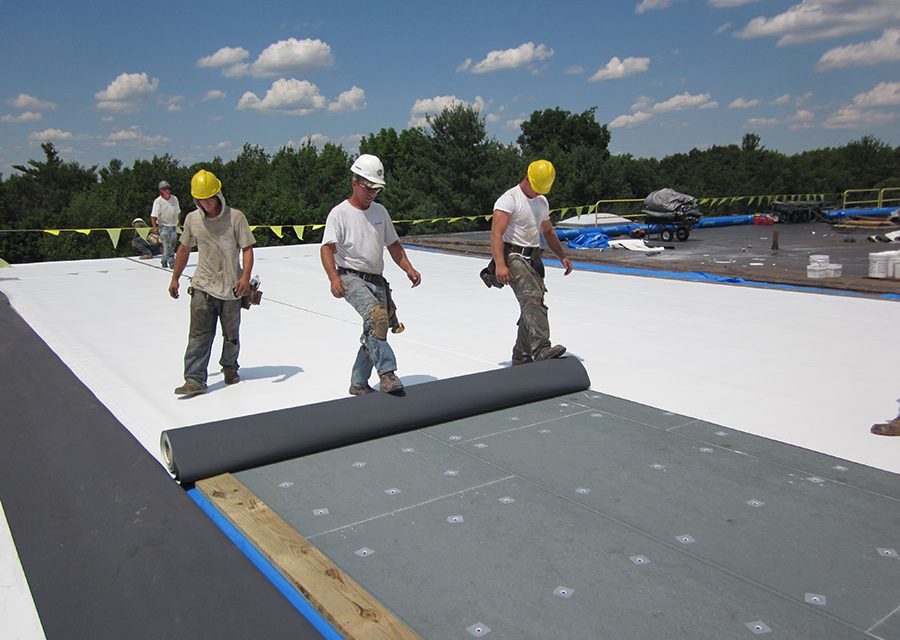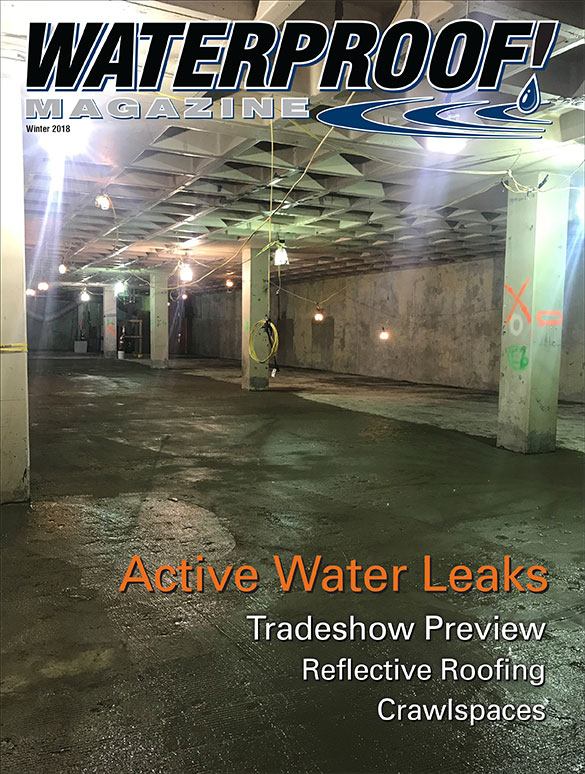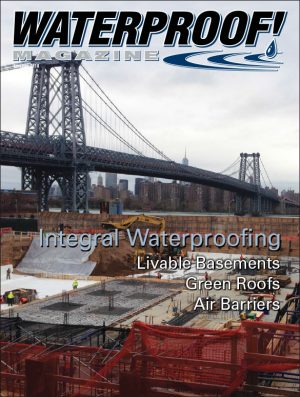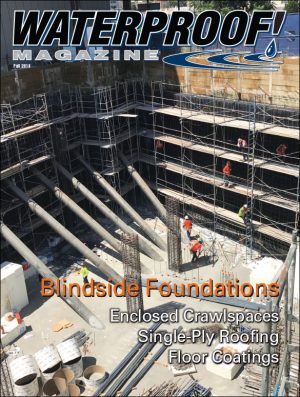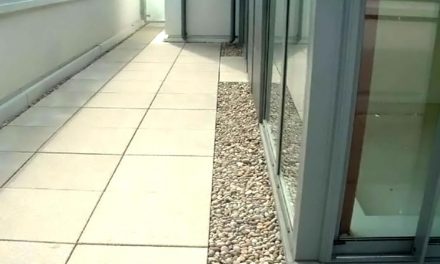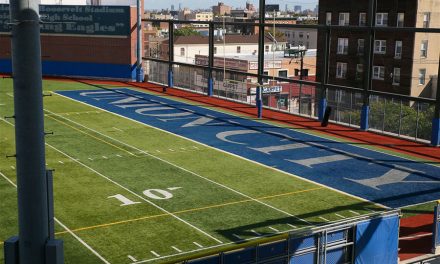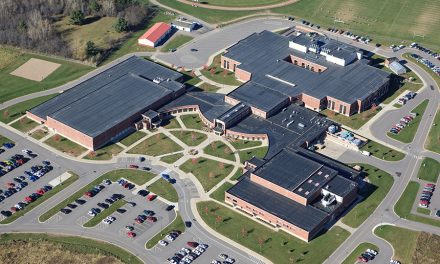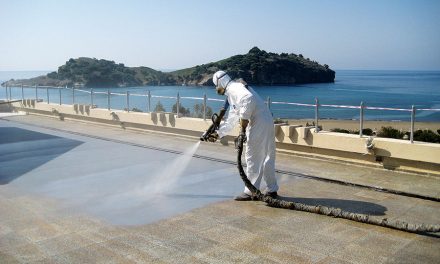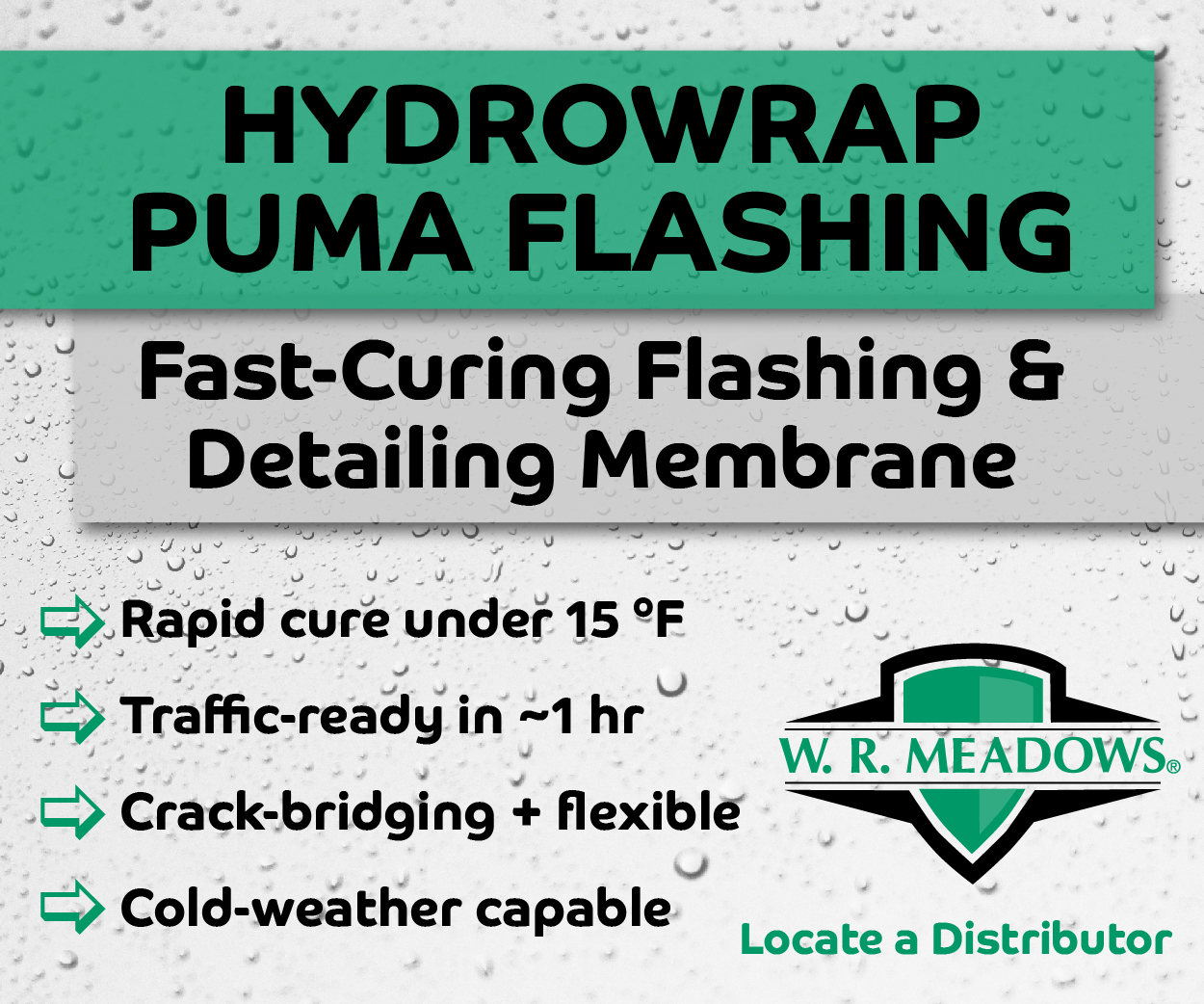Perhaps one of the most significant developments in the low slope commercial roofing industry over the past decade and a half is the adoption of cool roofing.
This claim, made by Stanley Graveline, VP of technical services at Sika’s roofing division, has been backed by several years-long scientific tests.
Cool roofs are roofs that are designed to maintain a lower roof temperature than traditional roofs, typically by reflecting a portion of the sun’s rays back into the air rather than absorbing all that energy into the roof structure as heat. They also quickly release the energy that is absorbed.
Cool roofs can be retrofitted on most existing structures or installed as new construction. They work on virtually any type of low-slope roof and are available in a wide array of formulations to deal with the various substrates, pitches, and installation temperatures encountered on the jobsite.
Single-ply membranes can be adhered or mechanically fastened, and spray- or roller-applied cool roof coatings are available as well.
Energy Savings
The single factor driving the growth of cool roofing over the past decade is energy savings. Most dark roofs absorb 90% or more of the incoming solar energy. Most cool roofs have a reflectance rating of at least .70, meaning they reflect at least 70% of the sun’s energy.
So, in hot summer months, when a traditional dark roof can reach temperatures higher than 150°F, a light-colored cool roof under the same conditions would stay more than 50°F cooler. This leads to decreased air conditioning needs, reduced energy bills, and improved comfort for occupants. A significant side benefit is that decreasing the roof temperature also extends the service life of the roof membrane.
In many cases, cool roofs cost about the same as non-cool alternatives.
Obviously, the precise cost savings for a particular building depends on a number of factors, including climate, amount and type of roof insulation, building use patterns, energy prices, and the efficiency of the HVAC system.
While the energy benefits of reflective roofs in southern climates have come to be broadly accepted and recognized, the energy benefits are also present for buildings in cold northern climates.

Graveline says, “One might assume the back, minimally reflective surfaces would reduce heating energy loads in the winter, but the answer is not quite as simple as it might first appear.”
It turns out that because winter days are shorter than summer days, with the sun lower in the sky, the solar heat gain is minimal (typically only 20% to 35% of summer for a given location). Furthermore, there are more overcast days in winter, and in many northern states, roofs are covered by a highly reflective blanket of snow for extended periods of time. In short, summertime cooling energy savings are far greater than any potential heating energy penalty, even for locations as far north as Alaska.
Environmental Factors
Cool roofs are good for the environment, too. In addition to using less energy, they offer regional benefits as well. Lawrence Berkley National Labs (LBNL) studied the macro-benefits of cool roofs in 2011, and came to the conclusion that if cool roofing were used on 80% of all commercial buildings in the U.S., it would result in 10,400 Gigawatt Hours (GWh) of energy savings, worth approximately $735 million. The reduced energy load would lead to a decrease of more than 6,000 metric tons of CO2 emissions, which is the equivalent of removing 1.2 million cars from our roads.
Cool roofs reduce the urban heat island effect. They also reduce peak electrical demand.
The Roof Coatings Manufacturers Association (RCMA) has recently published a white paper addressing the role and impact of reflective roof coatings in mitigating peak energy demand, providing a comparative overview of base use and peak demand. The role of cool roofing in promoting energy efficiency is also emphasized, particularly in respect to the unique performance properties of reflective roof coatings. (Although a portion of this peak may be attributed to lighting and equipment used in the building, the majority is caused by the increased demand for air conditioning in the heat of the afternoon. ) The document can also be viewed as a resource as to the benefits reflective roof coatings provide to buildings, businesses, and the environment at large.
Titled Cutting Peak Electrical Demand with Reflective Roof Coatings. The paper is available online at the RCMA website, www.roofcoatings.org.
Maintenance and Cleaning
All roof membranes get dirty as they age. Dirt, dust, scuffs, and microbiological organisms growing on the membrane all decrease reflectance. Both the Cool Roof Rating Council (CRRC) and the Environmental Protection Agency (EPA) Energy Star program recommend cleaning the roof as part of a regular maintenance program. In practice, this rarely happens though, so reflectance rates tend to decrease over time. The 500+ cool roof products rated by the CRRC have an average initial reflectivity of .82. The three year aged average of this same group of products is 0.69.
Durability
In switching to a cool roof product, building managers do not need to sacrifice budgets or service life. Graveline points out, “Thermoplastic PVC roof membranes, which have always been light colored and highly reflective, were introduced some 50 plus years ago. Since that time many billions of square feet of these materials have been installed across Europe and North America. Decades old thermoplastic PVC roofs continue to perform problem free in all climates zones across the country today.”
The Single Ply Roofing Institute (SPRI) estimates that approximately 5.5 billion square feet of PVC (polyvinyl chloride) and TPO (thermoplastic polyolefin) cool roofing membranes have been installed over the past decade. Many of the nation’s leading retailers—the biggest facility owners in the country—use cool thermoplastic roofs exclusively.
Products
Cool roofing goes beyond PVC and TPO. The CRRC’s product directory currently lists more than 500 low-slope roof coatings and membranes, including single ply, BUR and modified bitumen products with a minimum initial reflectivity of 0.70.
New formulations with enhanced characteristics are being introduced every year.
The U.S. Department of Energy website explains, “Single-ply membranes are pre-fabricated sheets that are rolled onto the roof and attached with mechanical fasteners, adhered with chemical adhesives, or held in place with ballast (gravel, stones, or pavers).



Reflective roof membranes can be applied as coatings (bottom), or as sheets secured with adhesives (bottom) or mechanical fasteners (center).
“Some kinds of membranes, like TPO and PVC are typically white and reflect sunlight well. Others, like EPDM (a type of rubber), are typically black, and must be formulated differently or coated to make them reflective.”
Built-up roofs (BUR) consist of a base sheet, fabric reinforcement layers, and a protective surface layer. These roofs are traditionally dark, but the surface layer can be made reflective. For instance, substituting reflective marble chips or gray slag for dark gravel can make the roof cool enough to qualify. A mineral sheet surfaced with reflective mineral granules or factory-applied reflective coating may also work.
Modified bitumen roofs, another traditionally dark roof system, are available as cool roofs too. The top surface sheet is pre-coated at the factory to make them cool.
In many cases, the best option for a new or retrofit cool roof involves coatings. No project is too big for this type of application.
The Mercedez-Benz Superdome in New Orleans was given a new cool roof after being devastated by Hurricane Katrina in 2004. At 425,000 sq. ft., it was one of the largest roof repair jobs in American history. A white low-build elastomeric coating called Kymar was used. Now marketed by GAF, the product is one of several hundred reflective roof coatings on the market.
For instance, this summer Kemper System introduced two new reflective cool roof solutions. The spray-applied coatings prolong the life of metal roofs, built-up roofing (BUR), modified bitumen, and aged single-ply roof systems.
Roof Guardian 170 is an elastomer-based coating system with a Class A fire rating and Solar Reflectance Index (SRI) rating of 109. Roof Guardian180 is a fiber-reinforced version of the same product, ideal for metal, concrete, single ply, modified bitumen, granular cap sheets and other approved surfaces.
They’re formulated for enhanced adhesion and durability, and can be quickly applied with a commercial-grade sprayer or roller. Both products are Energy Star and CRRC rated.
For high-build applications, spray polyurethane foam has been used successfully. These coatings are created by mixing two liquid chemicals together that react and expand to form a seamless monolithic layer that adheres tenaciously to the roof. Since foams are highly susceptible to mechanical, moisture, and UV damage, they’re typically given a protective topcoat that is reflective and offers cool roof performance.
Conclusion
With more than a decade of proven performance, cool roofs can help many building owners save money while protecting the environment. Available as sheet membranes and spray-on coatings, they are surprisingly affordable for either retrofit or new construction. Σ
Winter 2018 Back Issue
$4.95
Sealing Active Water Leaks
AVAILABLE AS DIGITAL DOWNLOAD ONLY
Description
Description
Additional Info
Additional information
| Magazine Format | Digital Download Magazine, Print Mailed Magazine |
|---|

